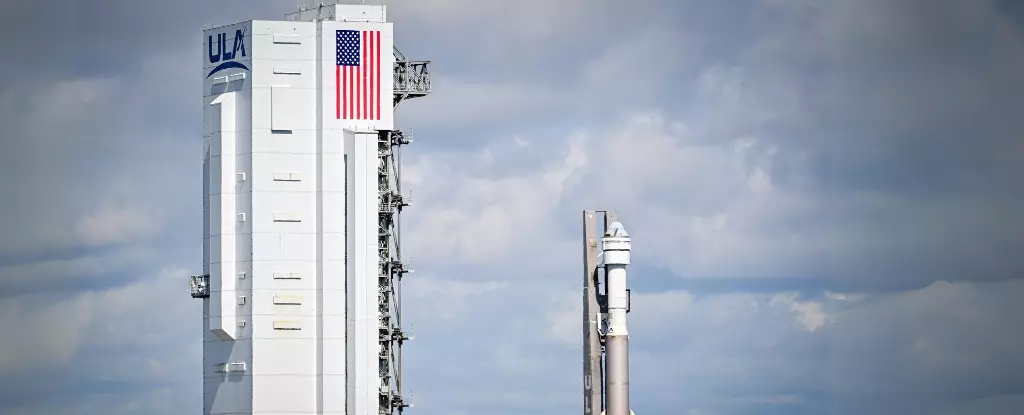Boeing’s Starliner capsule has finally made its way to the International Space Station on a crucial first crewed mission. This development comes many years after SpaceX achieved a similar milestone, placing a spotlight on Boeing’s capacity in the aerospace industry. The company has had its share of challenges, especially with safety issues surrounding its passenger jets, leading to a decline in reputation over time. However, the Starliner project presents an opportunity for Boeing to regain its footing in the field. The spacecraft, ordered by NASA a decade ago, has encountered numerous unexpected setbacks, causing delays along the way. As Starliner embarks on this mission, Boeing is keen to put the saga behind and usher in a new era.
Starliner’s Aeronautical Journey
Astronauts Butch Wilmore and Suni Williams, set to pilot the Starliner capsule, are seasoned space professionals poised to lead this mission. Both astronauts have prior experience visiting the ISS, with each having undertaken two missions to space via different vessels. Williams expressed her anticipation, referring to the upcoming voyage as a homecoming. Wilmore highlighted the novelty of this journey, emphasizing that the spacecraft boasts unique features distinct from previous spacecraft models. Their enthusiasm echoes the sentiments of many space enthusiasts awaiting the successful completion of this endeavor.
NASA’s Investment in Space Exploration
For NASA, the success of the Starliner mission holds significant importance, providing an additional option for human spaceflight alongside SpaceX’s Dragon vehicles. The agency’s International Space Station program manager, Dana Weigel, emphasized the value of having multiple alternatives to manage any potential emergencies effectively. By diversifying its options, NASA can ensure greater flexibility in addressing unforeseen challenges encountered during space missions. The arrival of Starliner at the ISS signals a pivotal moment in the journey, marking the beginning of comprehensive tests to verify its operational readiness.
Boeing’s quest to certify the Starliner for regular ISS missions has been fraught with obstacles, from trajectory deviations during uncrewed tests to delays due to technical issues. Despite these setbacks, the team at Boeing has demonstrated resilience in tackling each hurdle head-on. The gradual progress towards the crewed test flight signifies a step forward in realizing the full potential of the Starliner spacecraft. As the mission unfolds, NASA’s associate administrator Jim Free acknowledges the presence of unknown variables that may surface, underscoring the experimental nature of the venture. Nevertheless, the collective efforts invested in the project reflect a commitment to advancing human spaceflight capabilities.
In the competitive landscape of aerospace innovation, SpaceX’s early success with the Dragon capsule set a benchmark for efficiency and agility in space exploration. Boeing’s subsequent efforts to bring Starliner to fruition have been closely monitored, especially in light of industry expectations. The partnership between SpaceX and Boeing reflects a shared vision for expanding human presence in space beyond the ISS’s planned decommissioning in 2030. The possibility of leveraging both Starliner and Dragon for future private space station endeavors underscores the transformative impact of commercial space travel.
Boeing’s Starliner mission symbolizes a significant milestone in the journey towards redefining space exploration standards. As the spacecraft navigates the complexities of space travel, the collaborative spirit between NASA, Boeing, and other industry stakeholders sets a course for innovation and progress in the aerospace sector. The successful completion of the Starliner mission paves the way for a new era of space travel, characterized by resilience, adaptability, and unwavering commitment to pushing the boundaries of human exploration beyond Earth’s atmosphere.


Leave a Reply